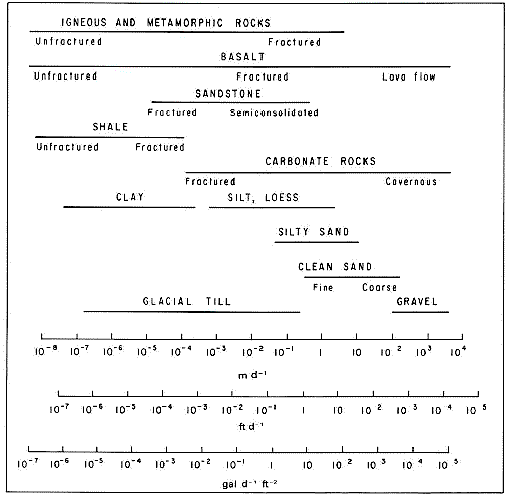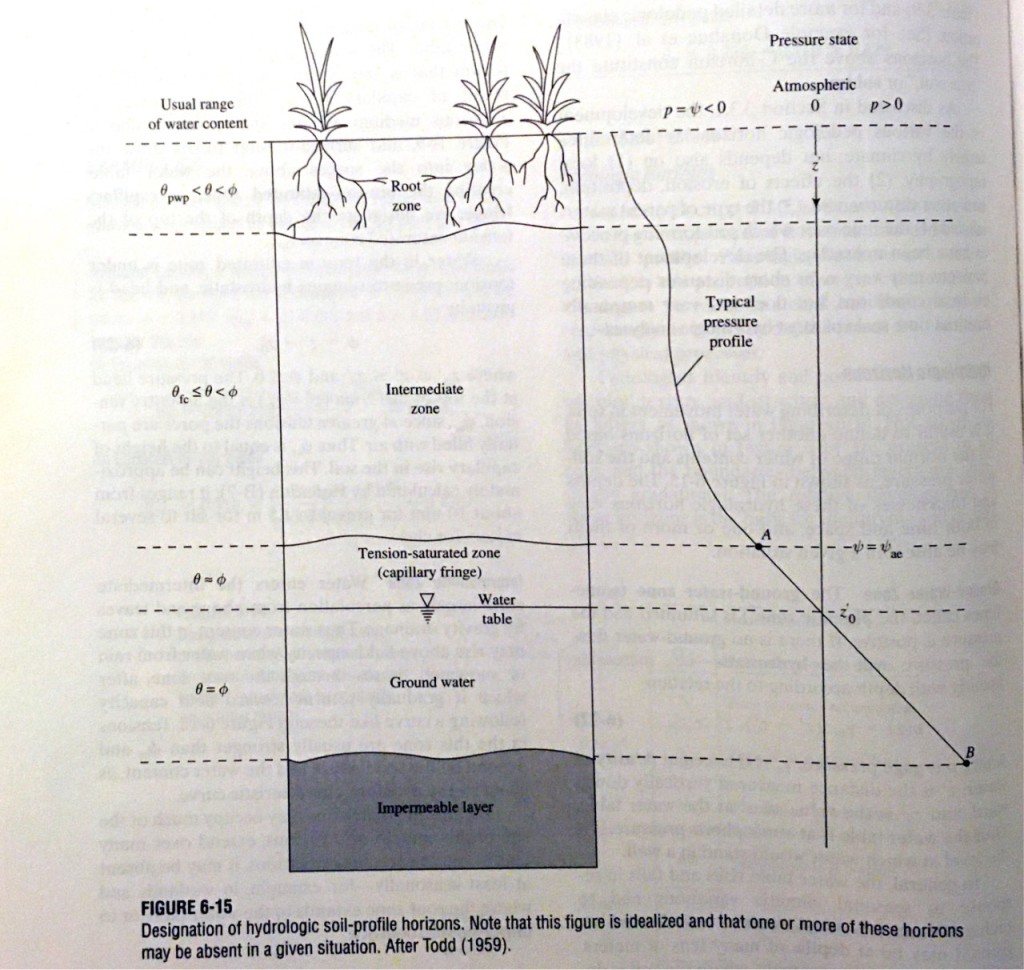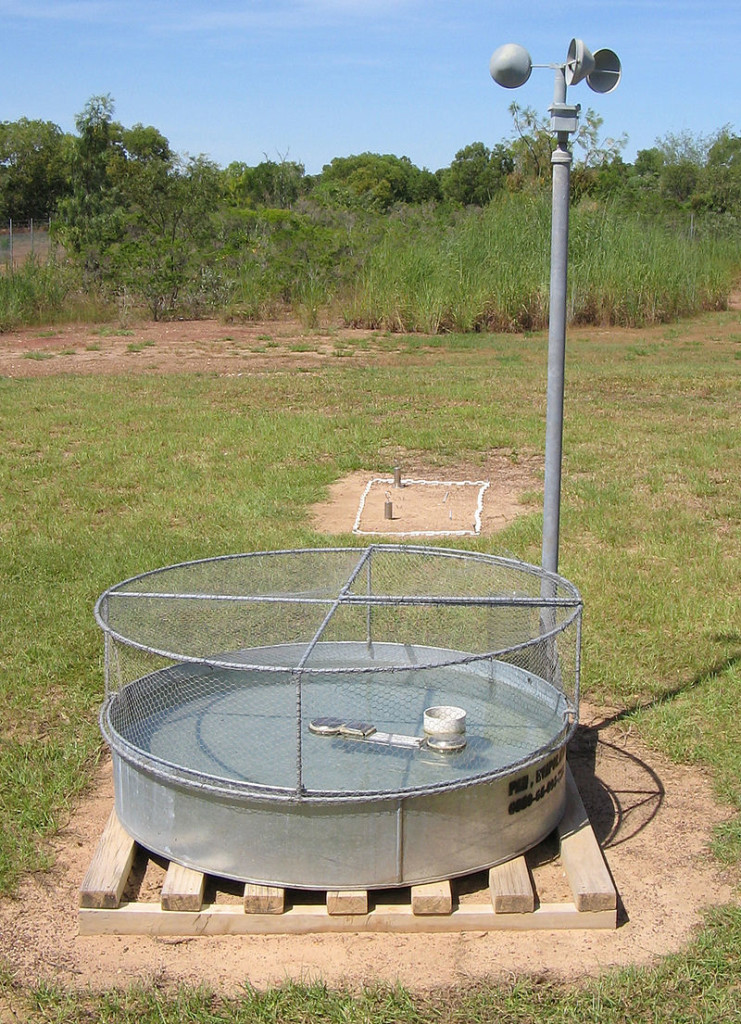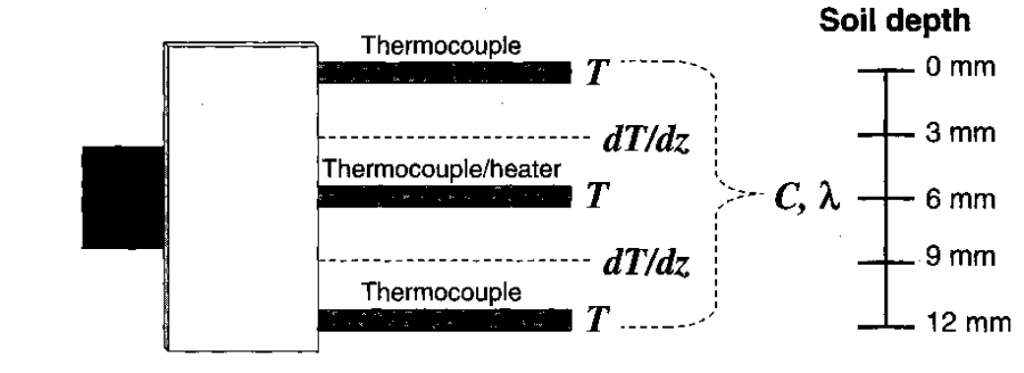It’s a rainy day and you can see that the water level is rising in your local stream. That’s because of the rain falling on the stream channel and its tributaries, right? Wrong.
In most watersheds, <1% of the land area is covered by streams, lakes, and wetlands, and that means that more than 99% of rain lands on vegetation or land rather than on water. So in order to explain why water levels in streams and rivers rise during storms or shortly thereafter, we have to get the water from land downhill to the stream network. We call the processes that do that work streamflow generation mechanisms or runoff generation mechanisms.
There are four classic streamflow generation mechanisms and I’ve cobbled together videos on each of them. If you’ve ever wanted to know more about what is happening under your feet in wet weather, and you’ve got about an hour to spare, you can learn all about it by working your way through the videos below.
If videos aren’t your thing, or you want to supplement what you watch with some informative web pages and even practice quizzes, check out this resource from the COMET program.
Start here to learn about streamflow generation
If you’ve only got time for one video, this one is the content-rich introduction that you are looking for:
Terminology note: In the video above and in other resources listed below, you may see the phrase “runoff generation” used. I prefer the term “streamflow generation” because I’m interested in all of the ways that water gets to streams (or other water bodies), not just ways that involve surface runoff or overland flow. I also use the term streamflow generation to talk about how we get baseflow (i.e., water in the stream between storms), which is not runoff.
More about infiltration-excess (or Hortonian) overland flow
I’ve put together the video below to tell you more about what happens when it rains too hard for a soil to infiltrate all of the water.
Thanks to Todd Walter of Cornell University for the illustrations in the middle of the video. To play with those some more or learn about the history of our understanding of infiltration excess overland flow, you should visit his website.
More about subsurface stormflow
In humid, vegetated areas, we often have low enough rain intensity and high enough infiltration capacity for water to infiltrate rather than run off overland. But even though the water is in the soil, it can still cause an increase in streamflow. I made a video to explain how.
More about saturation overland flow (and the variable source area concept)
Even if rain intensity is low and infiltration capacity is high, if it rains long enough things get really wet. Sometimes water runs off overland because the ground is saturated. The wetter things become, more areas become saturated. I try to explain in the video below.d
Thanks again to Todd Walter at Cornell for the excellent illustrations. To learn more about saturation overland flow and the related concept of variable source area, you should visit at Todd Walter’s page on saturation overland flow and variable source area to review the animated sequences (and much more).
Taking it slow: More about groundwater and its connection to streams
OK, so water can get to streams during and shortly after rain storms. But where does water in streams come from when it’s not raining? Or when it hasn’t rained in a long time? The answer is groundwater, and this video does a great job of talking us through some really basic concepts, including connections between groundwater, streams, and lakes and the potential effects of pumping groundwater.
Just can’t get enough? Master class on streamflow generation
If you think that streamflow generation mechanisms are just about the coolest thing that you’ve ever heard of, then you can learn so much more about them from one of the world’s leading experts on hillslope hydrology: Jeff McDonnell in this 3 hour short course. When I was a graduate student I got to take a 10 week hillslope hydrology class with Dr. McDonnell and it changed the way I think about the world beneath my feet. Listening to 3 hr recorded presentation isn’t nearly as good, but you could still learn a lot if you want to do a deep dive.
Still can’t get enough? You can watch videos from McDonnell’s 10 week course. But as you do that, you should consider graduate school in hydrology, because you have clearly got the bug. I bet you get excited by mud, snowmelt, floods, and good, heavy rain storms too.












Nice plan for content warnings on Mastodon and the Fediverse. Now you need a Mastodon/Fediverse button on this blog.